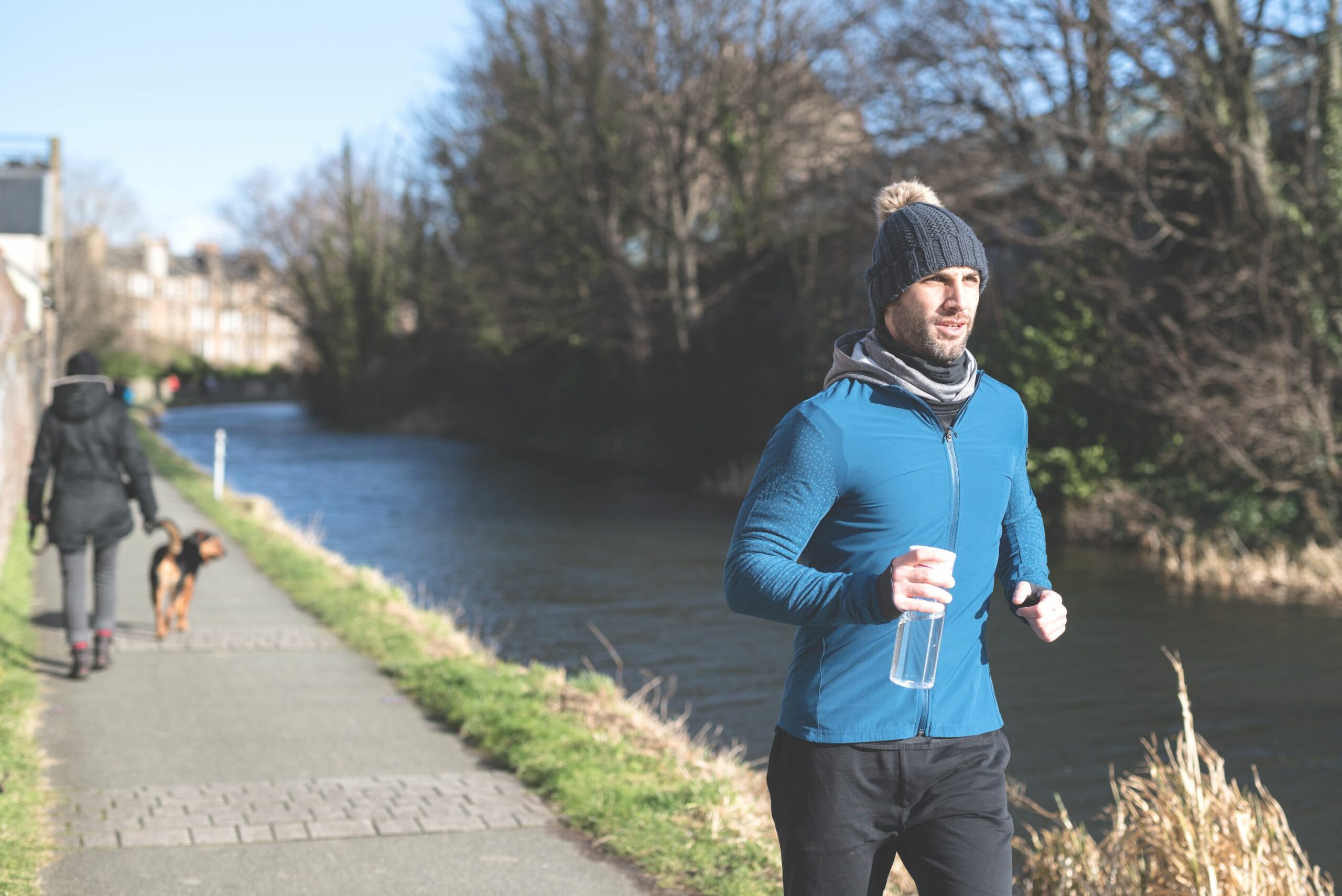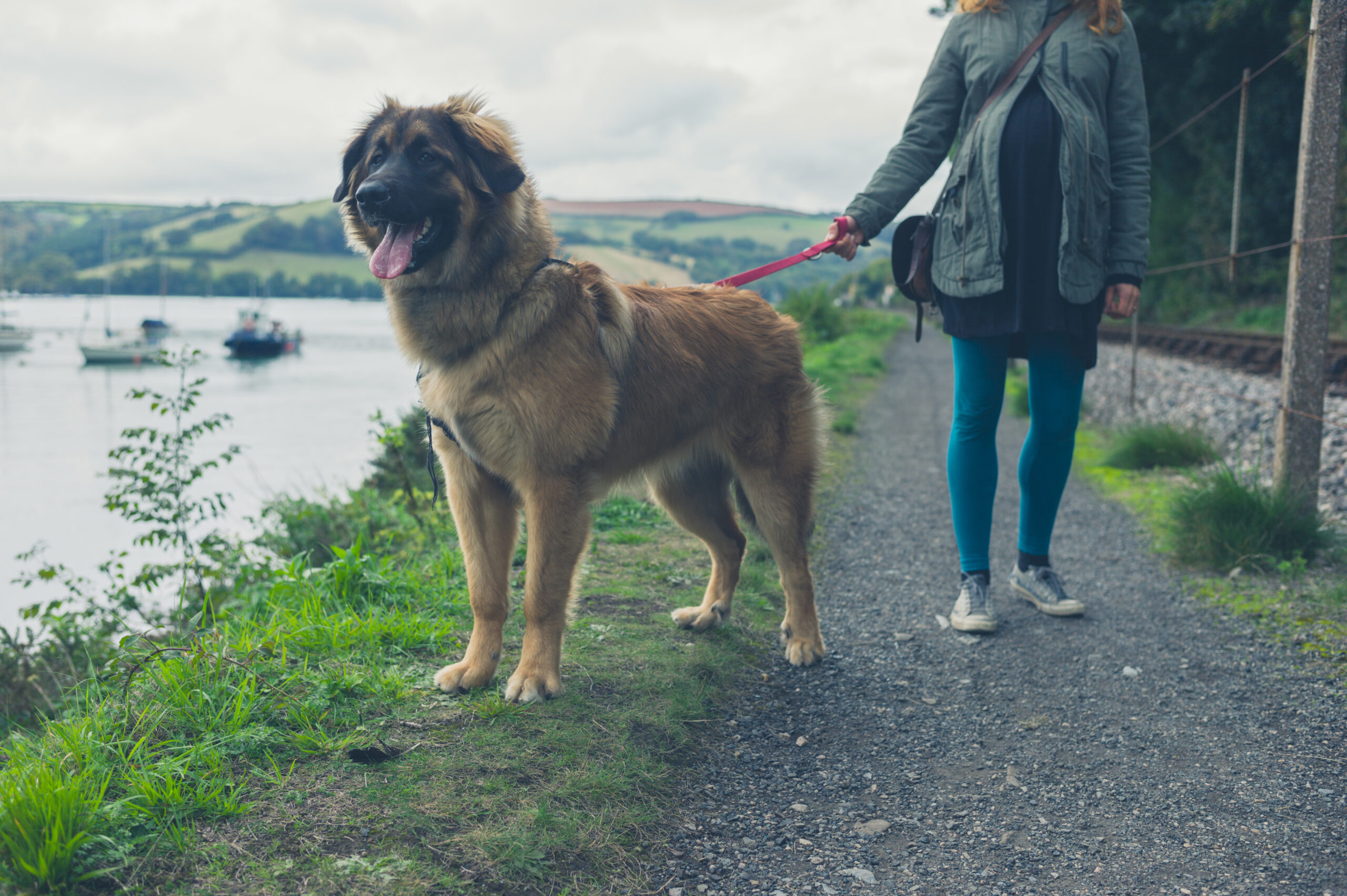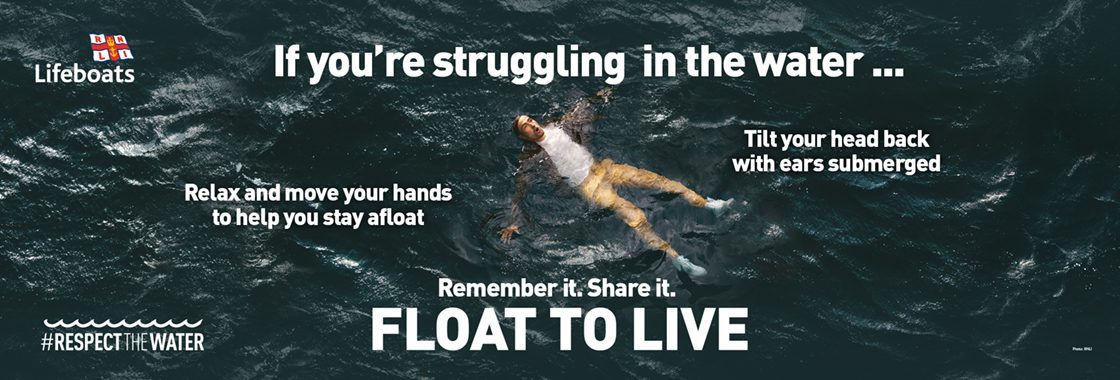Water safety tips for runners and walkers
Drowning incidents can happen unexpectedly, and according to enhanced WAID date 54% of people who accidentally drowned in the UK 2019 – 2023 had no intention of entering the water.
37% of these people running or walking next to water. Fire services have attended numerous rescue where people have attempted to rescue dogs from water and found themselves in trouble.
Simple actions can help prevent many rescues and drownings and if in doubt take a route away from water.
- Make sure you have a charged mobile phone to you are able to call 999 for help if needed.
- Invite a friend on your walk or run, make sure they know how to stay safe around water too.
- Tailor your walk or run to your fitness level.
- Keep clear of the water’s edge, riverbanks can be unstable after very wet or very hot weather.
- The right footwear and clothing for the weather conditions can help to keep you safe.
- Pay attention to your surroundings and where you are walking or running so you don’t lose your footing.
- Follow the proper pathways they are much safer.
- Avoid dark walks along unlit paths near water. Plan a route away from water.
- If you’re beach-bound, check tide times so you don’t cut off and trapped by water.
- A location app on your mobile phone can be useful to let emergency services know your location and could save time if you need help.
- Your regular route near water can surprise you after wet or icy weather. It’s safer to pick a different route away from water rather than risking slippery paths or unstable riverbanks.

- If your dog loves the water, keep it on a lead and make sure you have control to prevent it jumping into hazardous or unsafe areas.
- Avoid throwing sticks or balls near water for dogs if you don’t want them to go in. They will go after it if they think you want it back even if you’ve thrown it too far or into dangerous water.
- Keep dogs on leads near frozen water and don’t let them on the ice, it may not hold their weight.
- Even dogs that like swimming can usually only swim for short bursts. Always keep an eye on your dog and don’t let it enter the water if it’s older or tired.
- Never enter the water or walk on frozen water to try and rescue a dog. The dog usually manages to scramble back to safely.
- Don’t lean into water and try and lift your dog out – you can topple in.
- Remember the wet riverbanks, steep edges or jagged rocks can make it hard for a dog to scramble out. These can also be a slip risk for owners. Check your dog has a safe and easy way to get out of the water before it goes for a dip.

What to do if you fall into water
If you found yourself struggling in the water unexpectedly, your instinct would tell you to swim hard. But cold water shock could make you gasp uncontrollably. Then you could breathe in water and drown. Instead, you should Float to Live.
Five steps to know how to float
- Tilt your head back with ears submerged.
- Relax and try to breathe normally.
- Move your hands to help you stay afloat.
- It’s OK if your legs sink, we all float differently.
- Spread your arms and legs to improve stability.
- When you have control of your breathing, swim to safety if you can or call out for help.

What to do if you see someone in trouble in the water
If you see someone in trouble in the water, the best way you can help is by staying calm, staying on land, and following the 3-step rescue guide
- Call 999 for the emergency services.
- Tell them to float on their back.
- Throw them something that floats.

